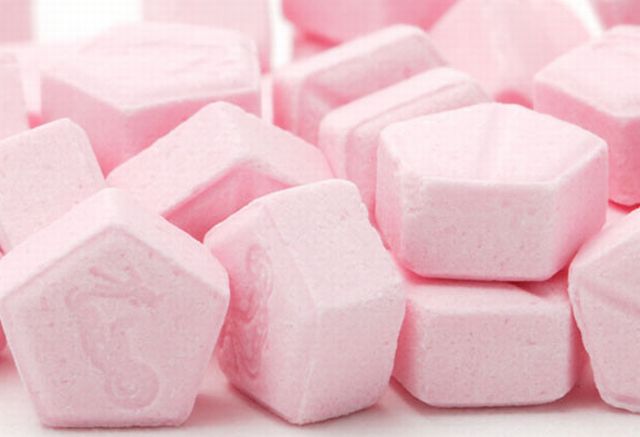
Dianabol (methandrostenolone), also commonly known as “Dbol”, is perhaps the most popular oral anabolic steroid ever produced, and for good reason. While it is best used in combination with certain injectables, Dianabol also has considerable effect used by itself.
The prevalent philosophy regarding anabolic steroid use in bodybuilding, and one I generally subscribe to, is that if using drugs which will suppress the hypothalamic/pituitary/testicular axis (HPTA) anyway, one might as well get a high degree of effect at the same time. Half-measures are less efficient, as twice as much time being suppressed would be required for the same result. Using Dianabol alone is not consistent with this philosophy, and best-possible results are not achieved.
But it is also a valid philosophy to employ anabolic steroids in a manner which, while not maximally effective, is not greatly inhibitory of natural production of testosterone. In earlier days, many outstanding physiques were built with Dianabol as the only steroid used. It is not the “all out” way to go, but this approach doesn’t deserve quite the disdain it usually receives today.
Dianabol can serve well for either purpose – stacked with an injectable in the first case, or used alone in the second.
Dosing of Dianabol is somewhat interesting, in that for most anabolic steroids it is a rather gray area as to what constitutes the maximum useful dose. In the case of Dianabol however, there has long been general agreement that while 50 mg/day is clearly more effective than anything substantially less, more than 50 mg/day adds nothing further, or nothing that can be noticed. This has been my own finding as well.
It is established that 50 mg/day Dianabol taken morning-only causes relatively little HPTA suppression. When used as part of a stack, I recommend divided doses, such as 10 mg five times per day, or 20 mg on arising and 10 mg three times thereafter. The reason for such frequent dosing is that the half life is quite short: about four hours.
In terms of pharmacological properties, methandrostenolone is only a weak agonist (activator) of the androgen receptor (AR), with poor binding. It follows, then, that much or perhaps most of its value likely comes from non-AR-mediated effects. In any case, it exhibits synergistic effect – the combination being greater than the sum of the parts – with a Class I steroid such as trenbolone acetate. It is therefore categorized as a Class II steroid.
Other effective stacking choices, besides trenbolone acetate, are Primobolan or Deca Durabolin.
There is no point in stacking it with Anadrol, which has similar activity — one ought to simply use the more appropriate drug. Dianabol combines well with any Class I steroid or with testosterone, which has mixed activity, while Anadrol in combination with a high estrogen or high progestin environment can worsen such side effects.
Methandrostenolone converts to methylestradiol via aromatase. The amount of this conversion may be reduced by use of Arimidex or letrozole. Or if the conversion is allowed, Clomid or Nolvadex may be used to block adverse estrogenic effects.
Irreversible hoarsening of the voice has been seen in some women from very few tablets of Dianabol: as little as one per day taken for a few weeks. For this reason, in the 1960s doctors decided to end what had been a fairly common practice of prescribing this drug to women at one tab per day as a “tonic.” It is not an optimal choice for the woman who chooses to use anabolic steroids.
The usual dosing for men is 25-50 mg/day in divided doses. Personally, if supply is sufficient and an anti-estrogen is employed – whether an aromatase inhibitor or a SERM such as Clomid or Nolvadex – I see no reason to use less than 50 mg when choosing to use Dianabol. However, in the absence of estrogen control, some will find that to be too high a dose due to estrogenic side effects.
Dianabol is 17-alkylated and so use should be limited to no more than 6 weeks with at least an equal amount of time off.

About the author
Bill Roberts is an internationally-recognized expert on anabolic steroids and performance-enhancing drugs (PEDs). He received a bachelor degree in Microbiology and Cell Science and completed the educational and research requirements for a PhD in Medicinal Chemistry at a major American university.
Bill entered the nutritional supplement industry prior to completing his doctoral thesis but his education was invaluable so far as being able to design/improve nutritional supplement compounds, since it was in the field of designing drug molecules and secondarily some work in transdermal delivery.
His education was not specifically "geared" toward anabolic steroids other than expertise with pharmacological principles having broad applications. This has allowed Bill to provide unique insight into the field of anabolic pharmacology with knowledge of points which he would not have known otherwise.